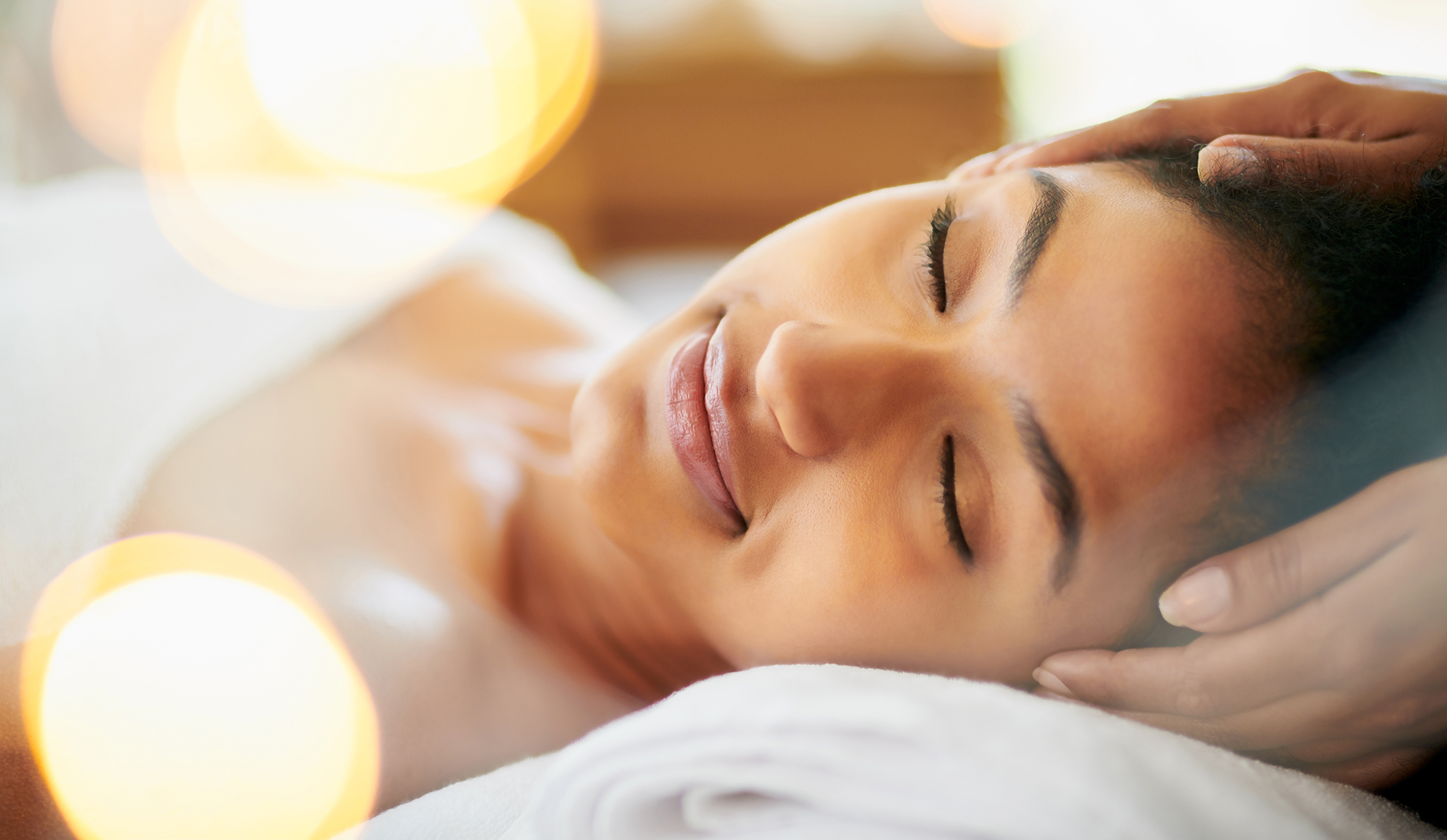Why the spa is more than self-care – and why it’s vital to convey this in your marketing
As a longtime spa-goer and now, a professional in the spa industry, I believe that going to a spa is so much more than just self-care: It’s where healing can happen. The spa is, or should be, a safe and sacred place for rest, relaxation and recuperation. After all, people can do facial treatments and mani-pedis at home. They come to a spa to be cared for by someone else and to invest in their own healing.
But all too often, spas fail to deliver on providing a safe space for all guests. Ensuring that the spa is a sacred space for guests of all genders, races, ethnicities, sexual orientations, sizes, and abilities requires more than just paying lip service to diversity and inclusion.
To provide a true healing experience, a spa must be focused on wellness at the most fundamental levels. From the organization’s DNA through to its team members, marketing, and straight through to the guest experience, wellness must be treated as a brand pillar that’s considered, well, sacred. When the intent to create a safe space isn’t taken into account at every level, the resulting guest experience can feel more traumatic than healing.
I speak from experience…
I speak from experience: In 2011, in the midst of the recession and a painful breakup, I would often go to a luxury day spa in Orange County, California to try to decompress and relax. One day, I sat in the sauna and was joined by two white women who were loudly carrying on conversation. As they discussed a man in their office who was apparently a sexual predator, I started to feel panicked. I had come in search of relaxation and healing, and these women seemingly had zero appreciation for spa etiquette.
“Ladies, we’re still in the spa,” I said quietly. “Could you at least whisper or take your conversation outside to the waiting room?” The women became enraged, hurling expletives at me and suggesting I should leave instead. I was uncomfortable and activated, but I wasn’t going to be bullied out of the sauna as a monthly member paying good money to be there.

Not the actual sauna bullies (iStock/Getty Images)
Eventually they left the sauna and loudly complained to a spa attendant about the perceived slight. “Well, she’s absolutely right,” the spa attendant told them. “This is still the spa and every guest has a right to enjoy it quietly. So yes, please do take your conversation outside.” The attendant came in to speak with me and I burst into tears. All the pain of what had just occurred, stacked on top of the daily stress I’d come in search of healing for, came pouring out.
The attendant escalated the situation to the spa’s general manager, and we had an open and frank discussion where she admitted that the spa’s recent marketing efforts had attracted a certain kind of clientele that wasn’t familiar with spa etiquette. She apologized profusely and comped me a 60-minute massage. We also agreed for my safety and that of others that if anything like this ever happened again, that I should go directly to the manager on duty instead of engaging with the offensive guest.
It was a painful experience, but also one that illuminated some important lessons for me: Namely, that spas need to carefully consider their marketing tactics in order to attract their ideal guests, and that in order to create a safe and sacred space for all guests, spas must effectively communicate their spa etiquette and commit to a zero-tolerance policy on discrimination, harassment, aggression and micro-aggression in the spa.
What it means to create a safe wellness space
My personal story, just one of the many out there, illustrates how I saw the spa as a safe place for me to heal and find solace, and that sacred space was violated by people who did not share that view. The spa’s marketing efforts had attracted the wrong kind of guests: those who were not familiar with spa etiquette, who viewed it as a place where they should be pampered, catered to and waited on hand and foot; those who thought that they were more entitled to and worthy of the spa spaces than others.
Young Asian couple relaxing in hot springs (depositphotos)
When marketing the spa as a wellness space, you must show your potential guests what that means and that you’re taking their wellness seriously. This means having treatments backed by science or data, making every part of the experience inclusive for all guests, and incorporating products that are in alignment with those values. You also have to ensure that your imagery and branding is in alignment — it may seem basic, but many spas don’t bother to have professional photos taken, instead relying on stock photography in their marketing. Set aside money in the marketing budget for pro images, and ensure that they feature a diverse set of people to attract the widest range of ideal guests as possible.
Most importantly, remember that for a spa to truly be a place of wellness, it must be safe. Guests are entrusting their bodies and minds to spas in search of solace and rejuvenation, and spas must not take that lightly. From leadership all the way down to each individual guest, creating an inviting space for all means remembering that the spa is a place of healing that everyone deserves to enjoy, and conveying that message at every level.
If you’d like to support the work of a woman of color, consider buying Irene a cup of coffee.



0 Comments